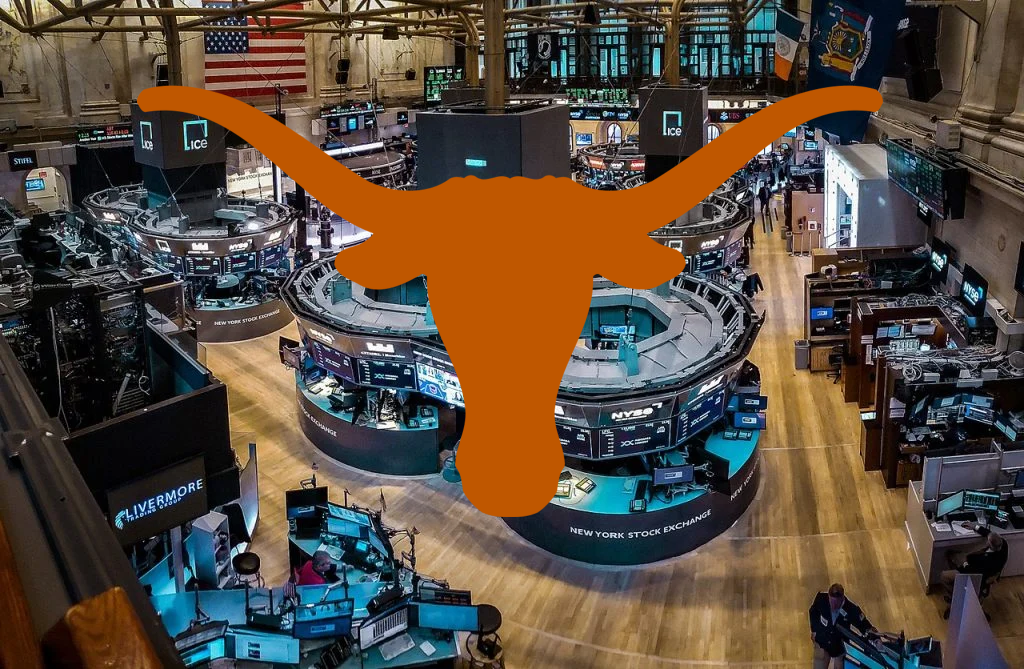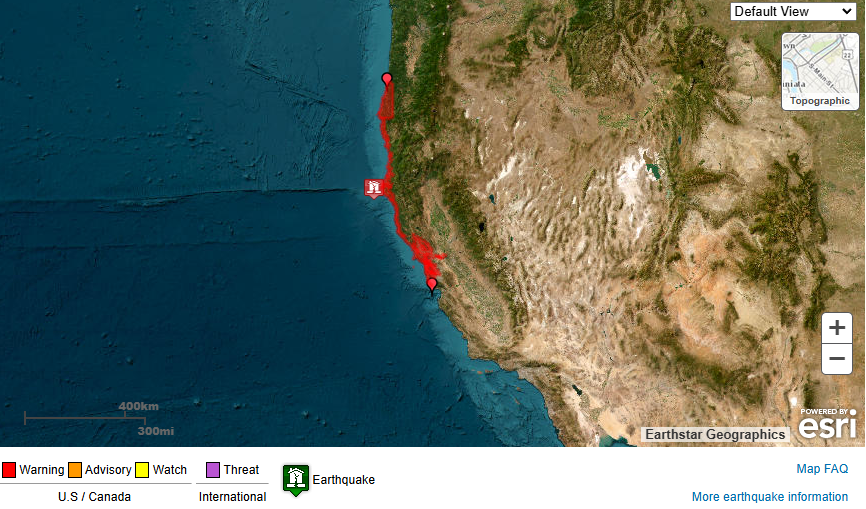The Texas Stock Exchange (TXSE) emerges onto the Wall Street scene with ambitions to rival the NYSE and Nasdaq, echoing the Lone Star State’s penchant for independence. Spearheaded by TXSE Group Inc., boasting support from financial giants like BlackRock and Citadel Securities, hopes are high for a shakeup in the market landscape. However, parallels drawn to Texas’s own power grid debacle raise concerns about the exchange’s resilience and stability.

With plans to commence trading by 2025 and list its inaugural offerings in 2026, TXSE faces a daunting regulatory journey akin to the challenges of overhauling an aging infrastructure. Despite financial backing of $120 million from its initial funding round, questions linger about its preparedness for the hurdles ahead.

Proponents tout potential benefits such as enhanced market competition and a friendlier business environment in Texas, yet skepticism looms over whether these promises will materialize. The debacle of Texas’s power grid failure underscores the potential risks of placing too much faith in independent systems.

The Securities and Exchange Commission (SEC) stands as the gatekeeper for TXSE’s entry into the market, demanding stringent compliance standards akin to safeguarding critical infrastructure. TXSE’s success hinges on navigating this regulatory landscape, a task fraught with uncertainty given recent regulatory scrutiny in financial markets.
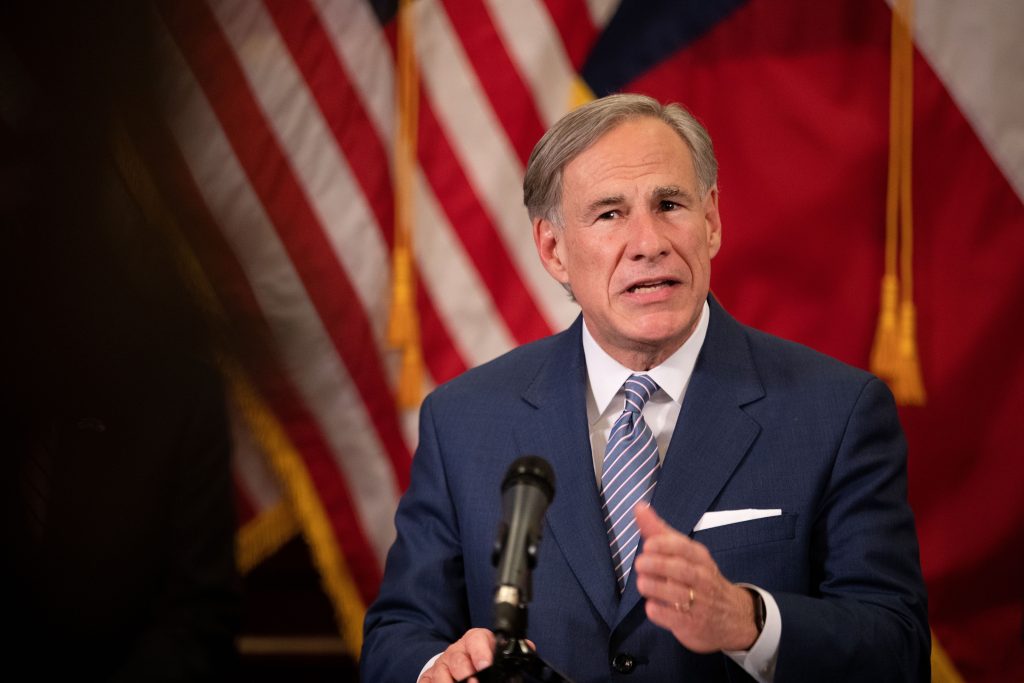
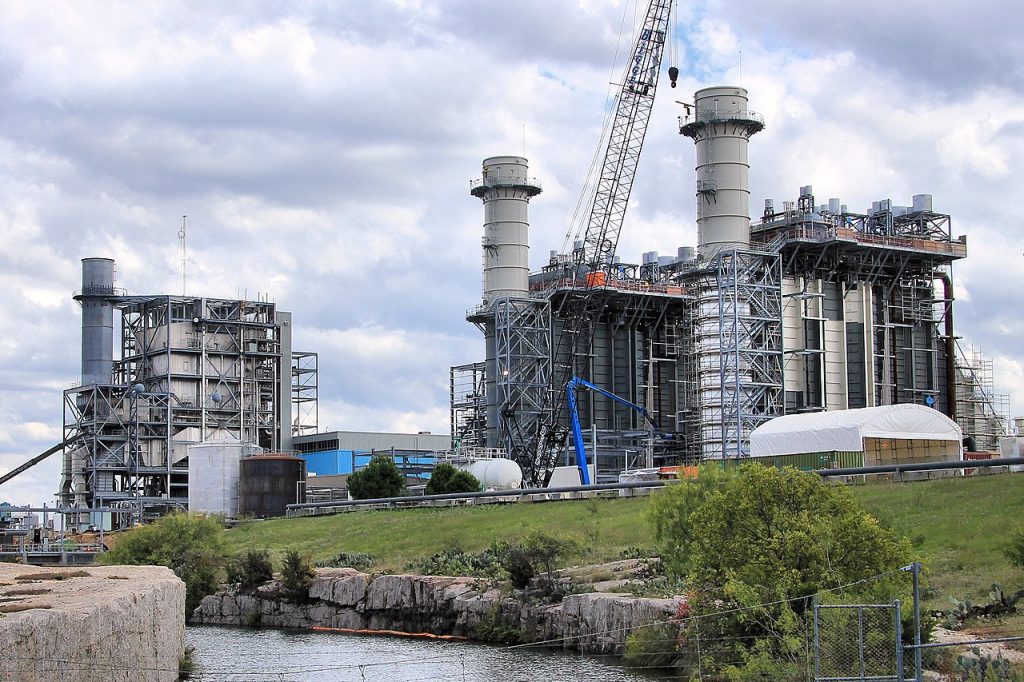
The comparison to Texas’s power grid crisis serves as a cautionary tale, highlighting the vulnerability of systems built on self-reliance without adequate safeguards. TXSE must prove its resilience and ability to withstand market shocks, lest it suffer a fate similar to the catastrophic failure of Texas’s power infrastructure.
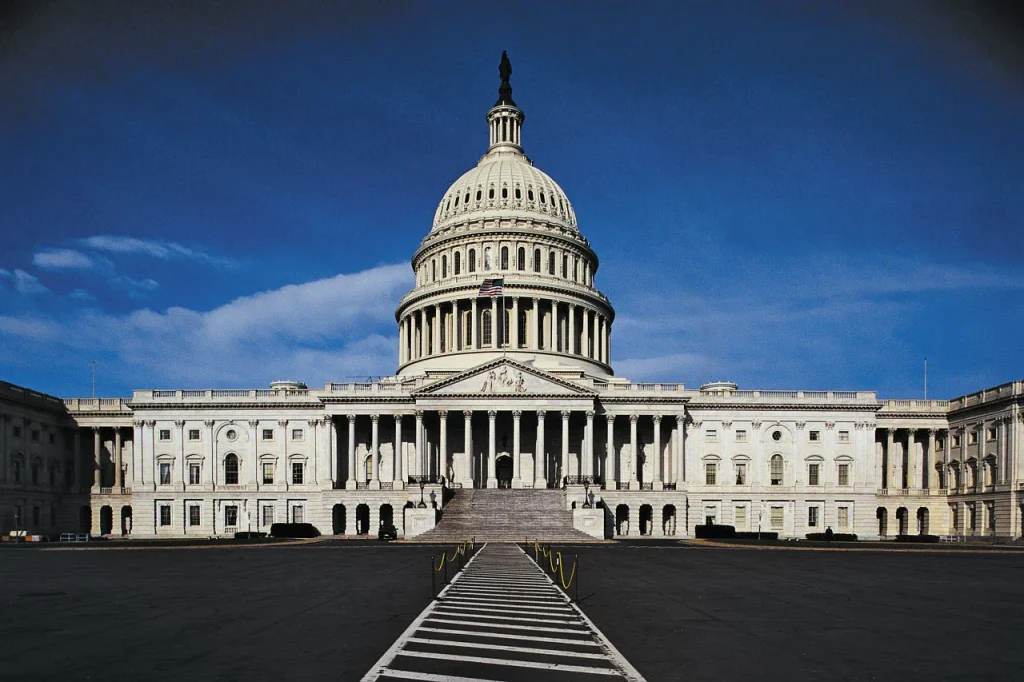
While the allure of competition and innovation is strong, the risks associated with untested systems cannot be ignored. TXSE must address concerns about its infrastructure, regulatory compliance, and risk management to earn the trust of market participants.

The challenges ahead for TXSE mirror those faced by Texas’s power grid operators, who underestimated the complexity of managing a decentralized system under extreme conditions. Without robust safeguards and contingency plans, TXSE risks repeating the mistakes of its namesake.
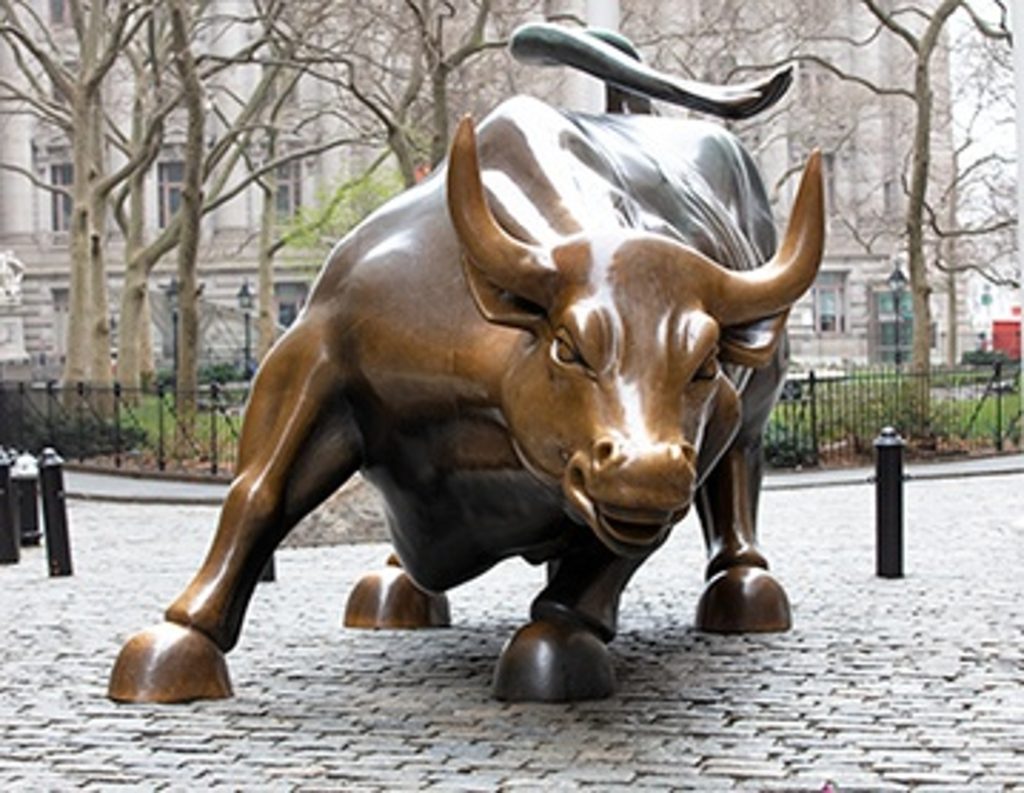
As TXSE navigates the regulatory landscape and prepares for its debut, stakeholders must remain vigilant against complacency and overconfidence. Lessons from Texas’s power grid crisis underscore the importance of proactive risk management and collaboration in safeguarding critical infrastructure.
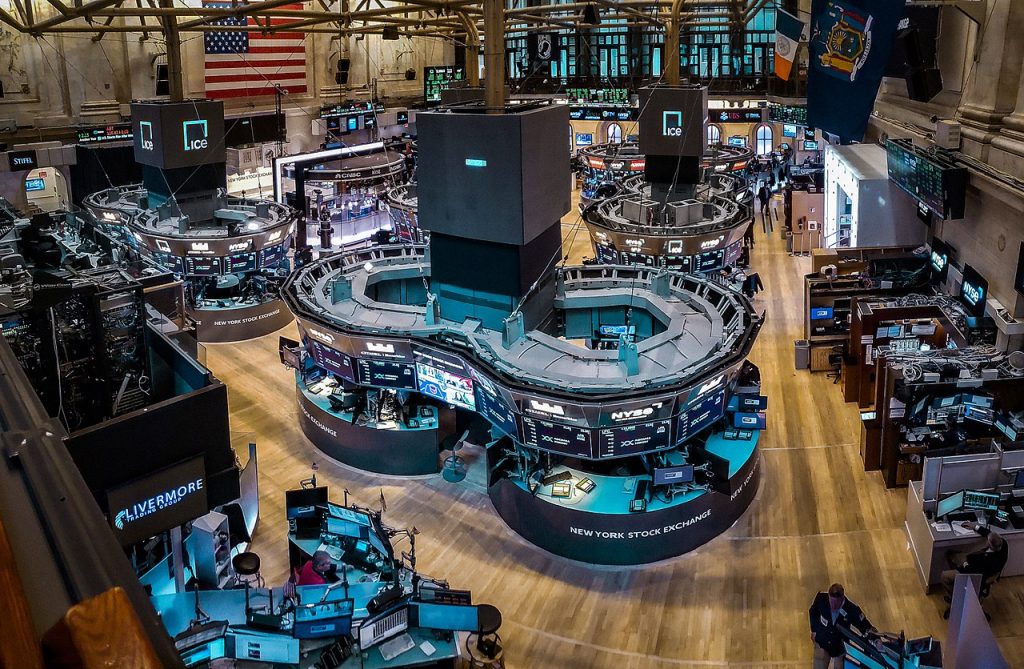
Ultimately, the fate of TXSE hinges on its ability to learn from past failures and build a resilient, adaptive exchange capable of weathering the storms of the market. Only time will tell whether TXSE can rise above the challenges and fulfill its ambition of challenging Wall Street’s giants.

